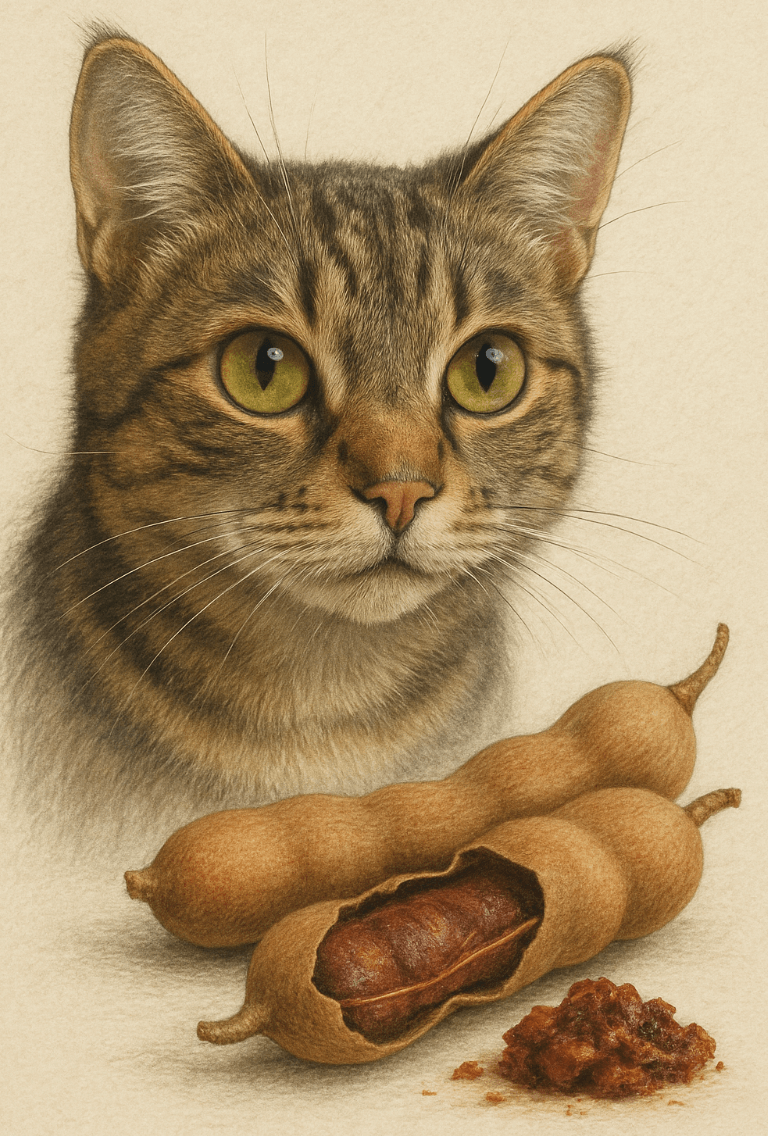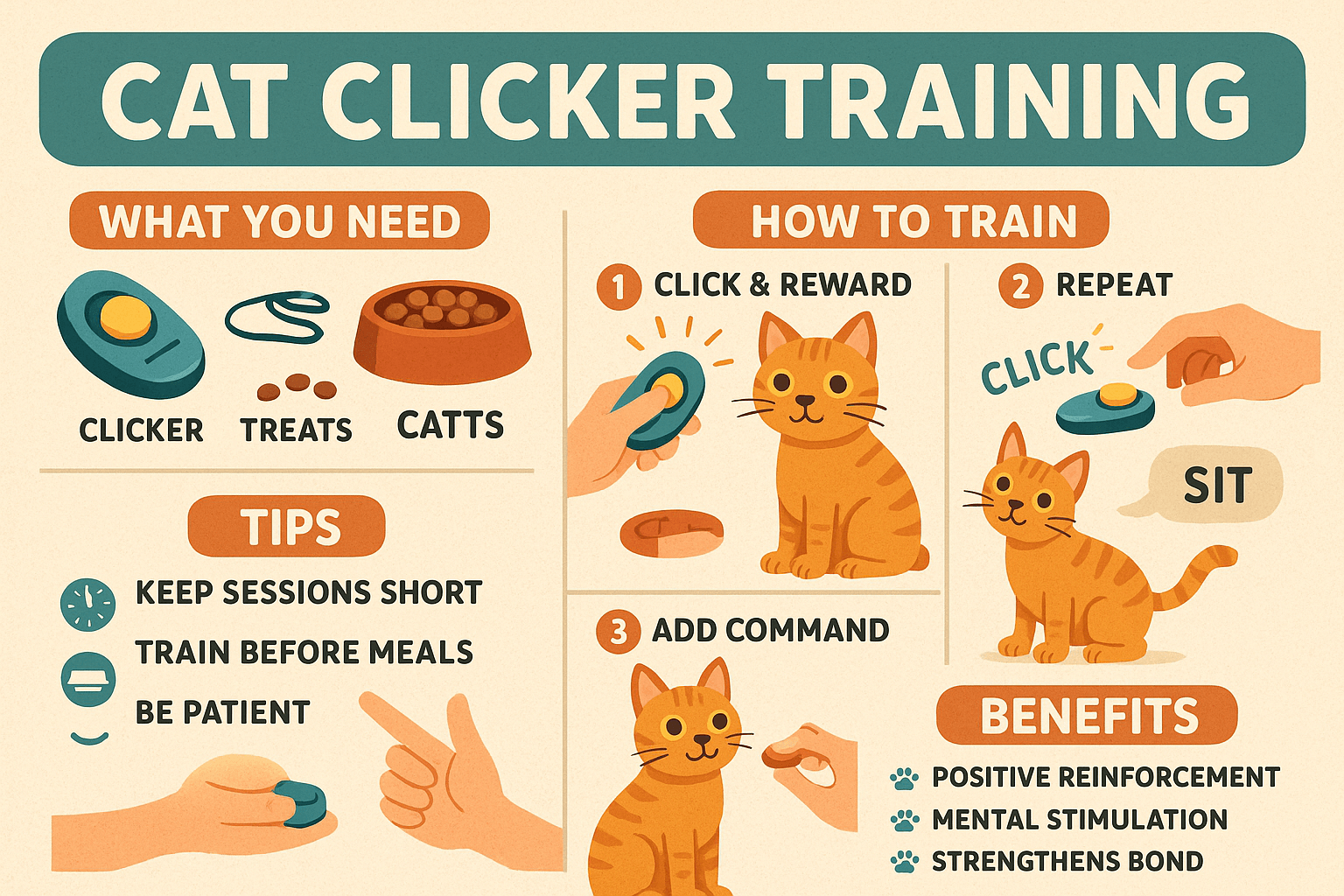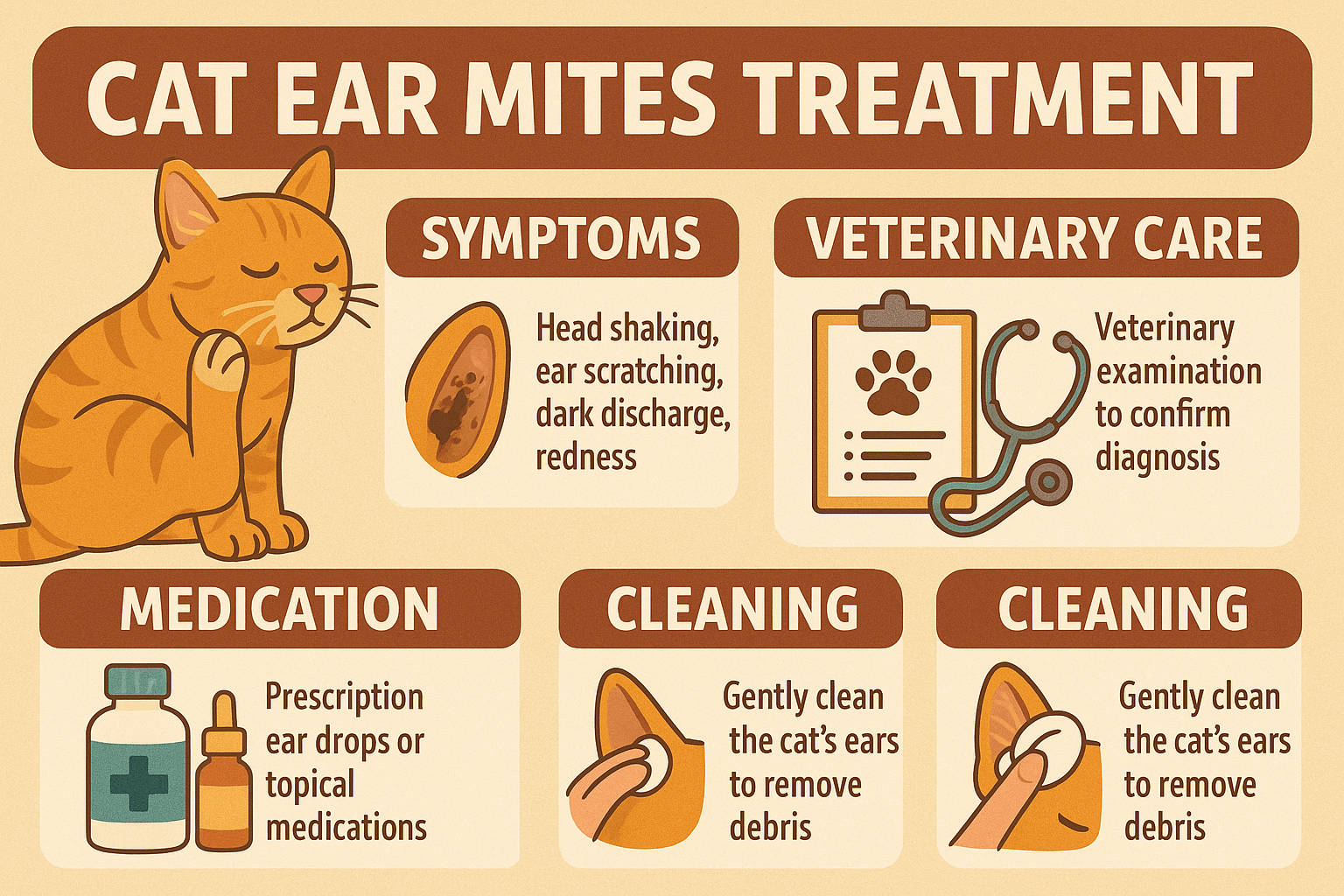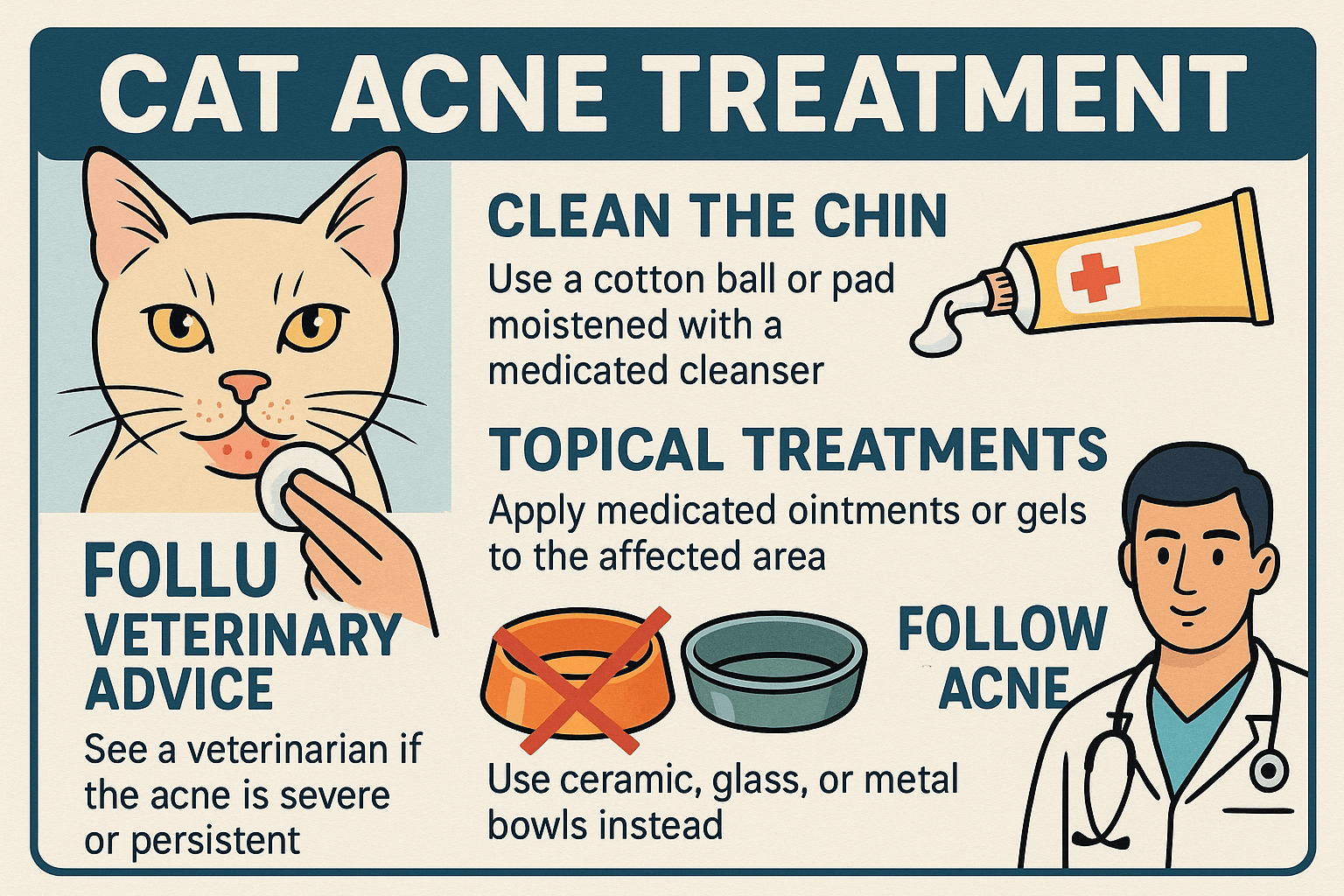Can Cats Eat Tamarind?
When it comes to feeding our feline friends, curiosity often leads us to wonder about the safety of certain human foods. Tamarind, a tangy and flavorful fruit commonly used in cuisines worldwide, might catch your attention as a potential treat for your cat. But is tamarind safe for cats to eat? While it’s not inherently toxic, there are important considerations to keep in mind before sharing this exotic ingredient with your furry companion. In this blog post, we’ll explore the potential benefits, risks, and guidelines for feeding tamarind to cats. By understanding how tamarind interacts with their unique physiology, you can make informed decisions about your cat’s diet and ensure their health and happiness.
Potential Risks of Feeding Tamarind to Cats
While tamarind may seem like an intriguing snack, it poses several risks that could harm your cat if consumed improperly or in large quantities. Understanding these dangers is essential for responsible pet ownership.
High Sugar Content:
Tamarind contains natural sugars, which can upset your cat’s digestive system and contribute to obesity if consumed regularly.Acidic Nature:
The tartness of tamarind comes from its acidity, which may irritate your cat’s stomach and lead to vomiting or diarrhea.Choking Hazard:
The fibrous texture of tamarind pulp can be difficult for cats to chew and swallow, increasing the risk of choking.Allergic Reactions:
Some cats may develop allergic reactions, such as itching or swelling, after consuming tamarind due to its strong flavor compounds.Interference with Medications:
Tamarind can interact with certain medications, including those for heart conditions, by altering their effectiveness.
These risks highlight why caution is necessary when considering tamarind as a treat for your cat. Always prioritize their well-being over experimentation.
Benefits of Tamarind (If Safe and Moderated)
In rare cases, small amounts of tamarind might offer minor benefits to cats, provided they tolerate it well. However, these advantages are limited and should not outweigh the associated risks.
Rich in Antioxidants:
Tamarind contains antioxidants that may help combat oxidative stress, though cats typically get sufficient antioxidants from their regular diet.Hydration Support:
The juicy pulp of tamarind can provide a small amount of hydration, which is beneficial for cats prone to dehydration.Digestive Enzymes:
Some components in tamarind may aid digestion, but only in minimal quantities and under careful supervision.Unique Flavor Experience:
For adventurous cats, trying a tiny taste of tamarind might satisfy their curiosity without causing harm.Low Toxicity Levels:
Unlike some fruits, tamarind does not contain compounds that are outright toxic to cats, making it safer than other risky foods.
While these benefits exist, they must be weighed against the potential downsides to determine if tamarind is truly suitable for your cat.
Check this guide 👉Can Cats Eat Dumplings? Best 7 Expert Tips!
Check this guide 👉Can Cats Eat Bison? Best 7 Expert Tips!
Check this guide 👉Can Cats Eat Snow? Best 7 Expert Tips!
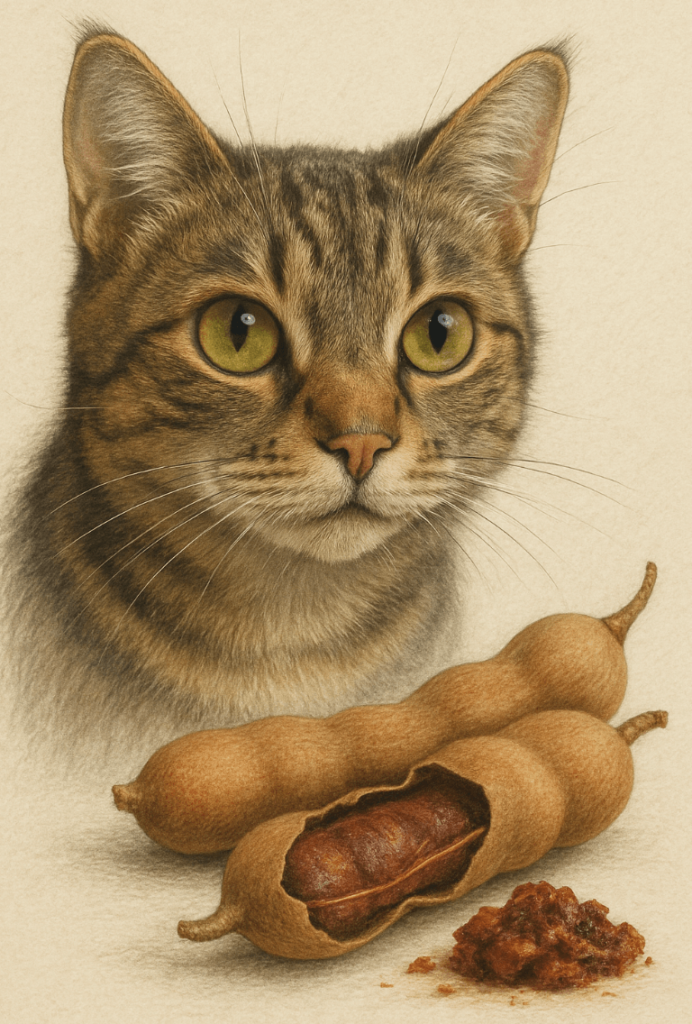
Safe Alternatives to Tamarind | Risks of Feeding Unsafe Foods |
|---|---|
Cooked plain chicken | Onions and garlic (can cause anemia) |
Small pieces of banana | Grapes and raisins (toxic to kidneys) |
Pumpkin puree (unsweetened) | Chocolate (contains theobromine) |
Blueberries or strawberries | Alcohol (highly toxic) |
Bone broth (strained and unsalted) | Raw yeast dough (causes bloating) |
How to Safely Introduce Tamarind to Your Cat
If you’re determined to let your cat try tamarind, proceed with extreme caution and follow these guidelines to minimize risks.
Offer Tiny Portions:
Start with a pea-sized amount of tamarind pulp to gauge your cat’s reaction and avoid overwhelming their system.Remove Seeds and Fibers:
Ensure the tamarind is free of seeds and tough fibers, which can pose choking hazards or cause digestive blockages.Monitor for Adverse Reactions:
Watch for signs of discomfort, such as vomiting, diarrhea, or excessive drooling, and contact your vet if issues arise.Avoid Spices and Additives:
Never feed your cat tamarind dishes containing sugar, salt, or spices, as these ingredients are harmful to cats.Consult Your Veterinarian:
Before introducing any new food, seek professional advice to confirm it aligns with your cat’s specific dietary needs.
By taking these precautions, you can reduce the likelihood of complications while satisfying your cat’s curiosity.
Signs Your Cat May Be Struggling After Eating Tamarind
Even with careful preparation, complications can occur if your cat consumes tamarind improperly. Recognizing these warning signs allows you to act quickly and prevent further issues.
Vomiting or Diarrhea:
These symptoms indicate digestive distress and may require immediate veterinary attention.Loss of Appetite:
A sudden refusal to eat could signal gastrointestinal irritation or discomfort.Excessive Drooling:
Drooling may suggest nausea or oral irritation caused by the acidic nature of tamarind.Lethargy or Weakness:
Unusual tiredness or lack of energy could point to poisoning or nutrient imbalances.Swelling or Itching:
Allergic reactions may manifest as skin irritation, redness, or swelling around the mouth or paws.
Identifying these signs early ensures prompt intervention and keeps your cat safe from harm.
Common Mistakes to Avoid When Feeding Human Foods
Feeding human foods to cats can be risky if done incorrectly. Avoiding these common mistakes ensures your cat stays safe and healthy.
Overfeeding Treats:
Too many treats, including tamarind, can disrupt your cat’s balanced diet and lead to weight gain.Ignoring Individual Tolerances:
Not all cats react the same way to new foods; what’s safe for one may upset another.Adding Seasonings or Spices:
Ingredients like salt, sugar, or garlic can harm cats and should never be included in their food.Forgetting Portion Control:
Even safe foods can become dangerous in large quantities, so always serve tiny portions.Skipping Veterinary Advice:
Consulting your vet before introducing unfamiliar foods prevents unintended consequences.
Avoiding these errors ensures a safer experience when exploring dietary options for your cat.
Alternative Snacks That Are Safe for Cats
Instead of tamarind, consider offering these cat-friendly snacks that provide enjoyment without the risks.
Plain Cooked Chicken:
High in protein and easy to digest, cooked chicken makes an excellent occasional treat.Pumpkin Puree:
Unsweetened pumpkin aids digestion and helps regulate bowel movements in cats.Small Pieces of Fruit:
Fruits like apples (seedless), melons, and berries offer variety and hydration.Freeze-Dried Liver Treats:
These commercially available treats are nutritious and loved by most cats.Cat Grass:
Specially grown grass provides fiber and satisfies your cat’s natural urge to nibble greens.
These alternatives cater to your cat’s instincts while keeping them safe and satisfied.
Understanding Your Cat’s Dietary Needs
Cats have unique dietary requirements that differ significantly from humans. Understanding these needs helps you make better decisions about their nutrition.
Obligate Carnivores:
Cats require a diet rich in animal-based proteins and fats, unlike omnivorous humans.Limited Ability to Process Carbs:
Their bodies aren’t designed to handle large amounts of carbohydrates, including sugars found in fruits.Hydration Importance:
Cats often don’t drink enough water, so moisture-rich foods like wet cat food are essential.Essential Nutrients:
Taurine, arachidonic acid, and vitamin A must come from their diet, as cats cannot synthesize them efficiently.Avoidance of Harmful Ingredients:
Certain ingredients, like onions, garlic, and alcohol, are toxic and should be strictly avoided.
By tailoring their diet to meet these needs, you support your cat’s overall health and longevity.
Frequently Asked Questions About Cats and Tamarind
Is tamarind toxic to cats?
Tamarind is not inherently toxic, but its high sugar content and acidity can cause digestive upset.
Can kittens eat tamarind?
Kittens have sensitive digestive systems and should avoid tamarind entirely to prevent complications.
What happens if my cat eats too much tamarind?
Overconsumption can lead to vomiting, diarrhea, or even dehydration due to excessive sugar intake.
Are there any safe fruits for cats?
Yes, small amounts of plain fruits like blueberries, bananas, and watermelon (seedless) are generally safe.
Should I call the vet if my cat eats tamarind?
If your cat shows signs of illness or consumes a large quantity, contacting your vet is advisable.
Prioritizing Your Cat’s Health When It Comes to Tamarind
Feeding tamarind to your cat can be a tempting idea, but it’s crucial to approach it with caution and responsibility. While tamarind isn’t toxic, its acidic nature, high sugar content, and potential digestive effects make it less than ideal for most felines. Instead of experimenting with human foods, focus on providing a balanced diet tailored to your cat’s nutritional needs. By prioritizing their health and consulting your veterinarian before introducing new foods, you can ensure your furry friend stays happy, healthy, and thriving. Remember, when in doubt, always stick to tried-and-true cat-safe options!
Cat Clicker Training: Best 7 Expert Tips! Discover how to train your cat using clicker techniques, improve behavior, and strengthen your bond with simple, effective strategies.
Lorem ipsum dolor sit amet, consectetur adipiscing elit. Ut elit tellus, luctus nec ullamcorper mattis, pulvinar dapibus leo.
Cat Ear Mites Treatment: Best 7 Expert Tips! Discover effective solutions to treat and prevent ear mites in cats, ensuring your pet's comfort and health with expert advice.
Cat Acne Treatment: Best 7 Expert Tips! Discover effective remedies, prevention strategies, and expert advice to treat and manage feline acne for a healthier, happier cat.

